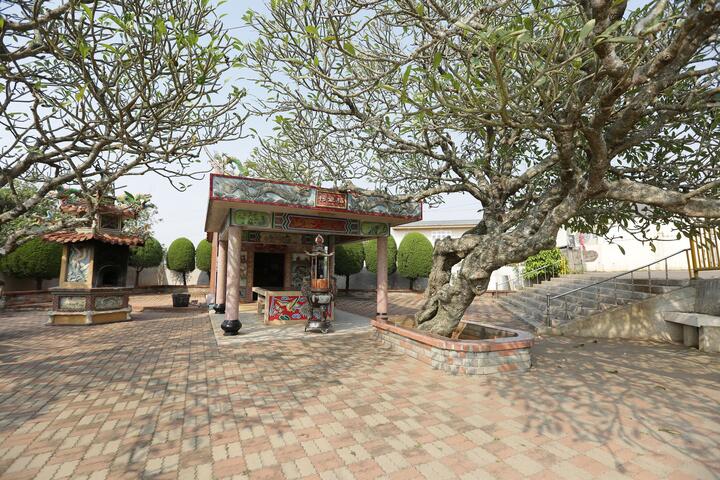Dadu Ruijing Village Introduction
Experts and scholars unanimously agree that the ancient wells, red brick houses, and the ecology of flora and fauna in the Ruijing community possess considerable preservation and development value. Ruijing serves as an outdoor ecological classroom where everyone can delve into the past and explore. The spatial development is reviewed from the perspectives of "ecology, leisure, and recreation" for future land use. Ruijing was formerly known as Jingzitou, and according to the Changhua County Gazetteer, the name Jingzitou first appeared during the Daoguang period of the Qing Dynasty. The name originated from the existence of three wells in the valley southwest of the village, with the settlement being situated above the spring. It is said that these three wells have different functional uses: the first well is located upstream of the spring and serves as a drinking well for local residents; the second well is a storage well to meet the needs when the first well is insufficient; the third well is located downstream of the spring and is used for washing clothes. With the advancement of civilization and the widespread use of tap water, the use of ancient wells for drinking gradually declined. However, the abundant natural resources in the protected forest land have become a beloved hiking spot for residents of the Dadu Mountain Plateau. The ancient gardenia tree is located near the old wells of Ruijing village, in front of the Fude Temple. According to legend, many years ago, a couple often met under the ancient gardenia tree. Under the protection of the gardenia tree and the earth god, the lovers eventually became a married couple. Here, there are three century-old gardenia trees, and every time the flower falls in abundance, one can smell a faint, faint fragrance while walking under the old trees, wafting in the air.






































